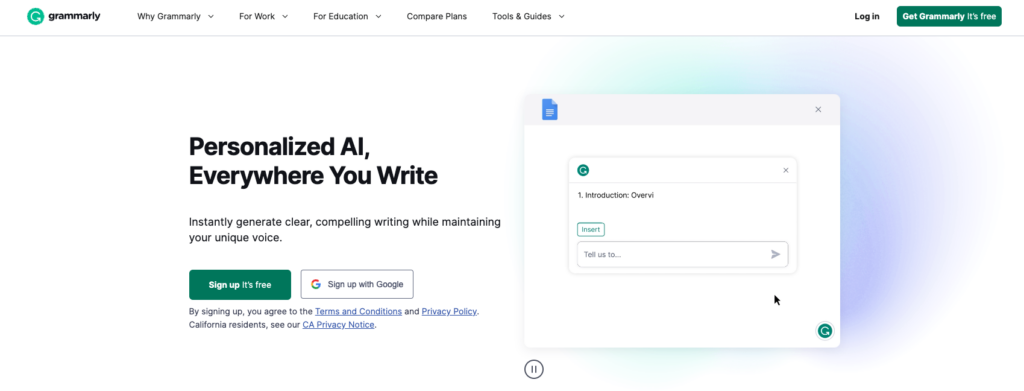
Live streaming has become extremely popular and influential for brands, businesses, creators, and media outlets to engage audiences in real-time. But with many streaming platform options, it can take time to determine which one best suits your streaming needs. Comparing features and capabilities is vital to making the right choice.
Here is an overview of critical platforms and factors to consider when selecting your live-stream solution.
Rumble Live Stream

Emerging platform Rumble Live Stream represents a new challenger in the crowded video streaming space, promising creators more independence and monetization leverage compared to mainstream giants like YouTube. The service enables influencers to broadcast real-time live content and engage audiences directly on Rumble.
Interactive capabilities like live chat, screen sharing, tipping, and channel subscriptions aim to incentivize streamers. Rumble Live Stream promotes transparency and greater creator control over content and earnings. The platform hopes to draw a wide variety of streamers across political, gaming, entertainment and other verticals by positioning itself as a home for uncensored expression.
While still dwarfed in size by the leading players, Rumble Live Stream offers creators another potential avenue to build their digital community and business through unfiltered live streaming and direct viewer engagement.
YouTube Live
With over 2 billion monthly users, YouTube is the world’s largest video platform. YouTube Live offers seamless integration for existing YouTube creators to go live and leverage their subscriber base.
It has robust features like streaming up to 4K resolution, DVR to rewatch streams later, super chats for viewer payments, multi-camera switching capabilities, and integrates well with other YouTube tools.
As an established platform, YouTube Live provides excellent viewer reach and discovery. Downsides can include moderation challenges within massive comment streams and less community building than other platforms.
Twitch

Twitch specializes in gaming and esports streaming. It offers incredibly robust community tools for streamer/viewer interaction, including Stream labs integration, raids to redirect viewers to other channels, clipping highlights, and chatbots.
Twitch is ideal for collaborative, engaging gaming broadcasts but supports different content verticals like music, sports, and creative arts. As an early live stream innovator, Twitch has an influential audience scale but less broad discovery versus YouTube. Subscriptions and channel points help monetize.
Facebook Live
With nearly 3 billion monthly Facebook users, Facebook Live offers unmatched access to gigantic built-in audiences ideal for brand reach. It allows multi-person streams and easy shareability across Facebook.
Viewers can comment, react, and quickly find live streams. Facebook Live incentivizes viewer participation with comments prioritized in the feed. Downsides include fewer monetization options and community tools compared to other platforms. But for raw viewer numbers, it’s unmatched.
Instagram Live

For consumer brands and creators already active on Instagram, Instagram Live is a no-brainer add-on to drive real-time engagement. You can go live to your followers, interact via comments and Q&As, do dual streams with a guest, and post the replay as an IG Story.
Seamless integration within Instagram makes it super convenient for mini broadcasts or supplemental content. Limitations include max 1-hour streams and smaller concurrent audience size versus standalone platforms.
LinkedIn Live
LinkedIn Live can be highly effective for B2B companies and thought leaders seeking to engage professional networks. LinkedIn’s focus on knowledge sharing and career building means informative broadcasts perform well.
You can share live streams natively into your LinkedIn feed, Groups, and messaging. However, LinkedIn doesn’t allow multi-guest streaming and has fewer community and viewer interaction features than other platforms.
Vimeo Livestream
Vimeo Livestream shines for organizations and creators wanting a premium ad-free live streaming experience with high production value. It offers pristine HD quality streaming, customized branding, paywall and subscription options, marketing, and analytics tools, plus integration with Vimeo’s excellent VOD features. However, audience reach and discovery are smaller than mass market platforms. But for controlled high-quality broadcasts, Vimeo delivers.
Custom Multi-Stream Options
For advanced streaming events and productions, tools like Restream, StreamYard, and Switchboard enable broadcasting live video simultaneously to multiple platforms. This requires integrating APIs but allows access to wider audiences while controlling the experience across destinations. It does need more technical expertise to configure correctly.
Key Comparison Factors
When evaluating live streaming platforms, it’s crucial to consider your target audience, the streaming features available, how well the medium fits your content type, capabilities for building community, ease of use, video quality and reliability, options for monetization, and your overall goals. Be sure to review each platform’s specific terms of service since policies vary. Taking the time to dig into crucial comparison factors will help determine the best match:
Consider the built-in audience size and potential discovery the platform offers – can you tap into new viewers easily or only reach existing followers? Massive platforms like Facebook Live and YouTube Live provide access to billions of built-in users to aid discovery.
Conclusion
Carefully weighing these key factors will guide your optimal platform choice aligned with your goals, audience, content focus, features needed, and resources. Pick one that fits your needs to maximize streaming success.
Featured image by Ismael Paramo on Unsplash
The post Live Streaming Platforms Comparison: Making The Right Choice appeared first on noupe.







